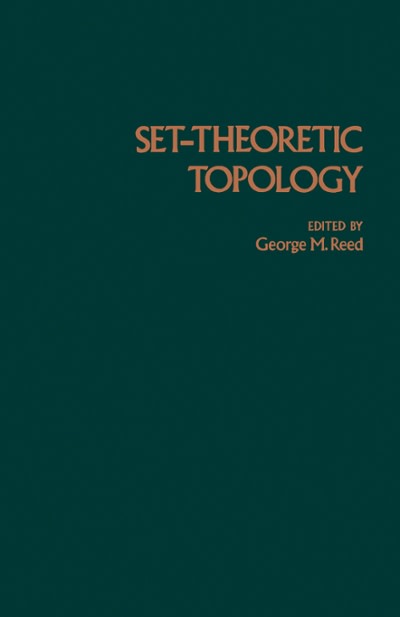Question
1. (This begins exercise 2, which spans questions 1- 8) A pilot study was designed to evaluate the potential efficacy of a program designed to
1.(This begins exercise 2, which spans questions 1- 8)
A pilot study was designed to evaluate the potential efficacy of a program designed to reduce prison recidivism amongst inmates who have a documented long-term history of drug and/or alcohol problems.A sample of 11 prisoners was followed for up to 24 months after their most recent release from prison.Six of the inmates returned to prison at 3, 7 9, 11, 14 and 21 months respectively.Five of the inmates had not returned to prison as of the last time they were last contacted which was at 4, 8, 16, 24, and 24 months respectively. Use the Kaplan Meier approach to estimate the survival curve for this set of inmates (which tracks the proportion who have not yet returned to prison over time).
It will be helpful to construct a table like the ones appearing in lecture 5: however, all you will need to report in the quiz generator are certain quantities from this table for specific times.
-What is the estimated proportion of the entire cohort (the starting sample of 11 prisoners) sample who had not returned to prison by 7 months after enrolling in the study?
a. 100%
b. 95%
c. 89%
d. 81%
2.What is the estimated proportion of the entire cohort (the starting sample of 11 prisoners) sample who had not returned to prison by 11 months after enrolling in the study?
a. 100%
b. 83%
c. 69%
d. 57%
3.-What is the estimated proportion of persons who did not return to prison at 11 months among those who were still at risk of returning to prison at 11 months?
a. 100%
b. 83%
c. 69%
d. 57%
4.- What is the estimated proportion of the entire cohort (the starting sample of 11 prisoners) who had not returned to prison by 16 months?
a. 100%
b. 86%
c. 46%
d. 31%
5.- Why does the Kaplan-Meier curve not reach 0% in the follow-up period?
a. This is a trick question: the KM curve does reach 0%.
b. Because there is no censoring in these data.
c. Because the largest time values are censoring times.
d. Because the largest time values are event (prison return) times.
6.- Suppose you ignored the censored observations - in other words, you deleted the censored observationsfrom the data before estimating the Kaplan-Meier curve: what would your estimate for S(11) be?
a. 45%
b. 83%
c. 33%
d. 57%
7.- Suppose you treated the censored observations as events when estimating the Kaplan-Meier curve: what would your estimate for S(11) be?
a. 45%
b. 83%
c. 33%
d. 57%
8.How does the Kaplan Meier method use censored observations in its computations?
a. It ignores the censored observations, and only uses the event times for its estimates,
b. It treats the censored observations as if they are event times.
c. It treats the censored observations as being "at risk" of having the event, up until the time of censoring.
d. The Kaplan- Meier method is not an appropriate analysis tool when they are censored observations in a time-to-event dataset.
Step by Step Solution
There are 3 Steps involved in it
Step: 1

Get Instant Access to Expert-Tailored Solutions
See step-by-step solutions with expert insights and AI powered tools for academic success
Step: 2

Step: 3

Ace Your Homework with AI
Get the answers you need in no time with our AI-driven, step-by-step assistance
Get Started


